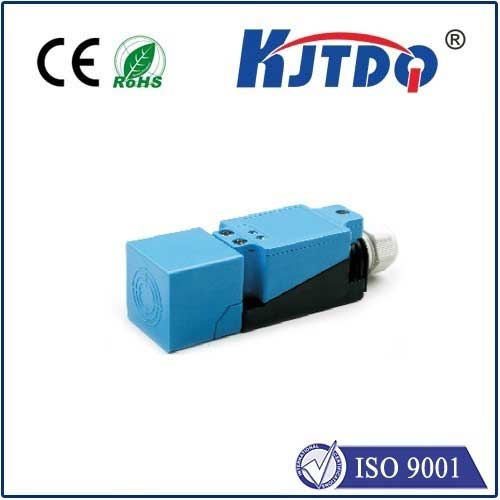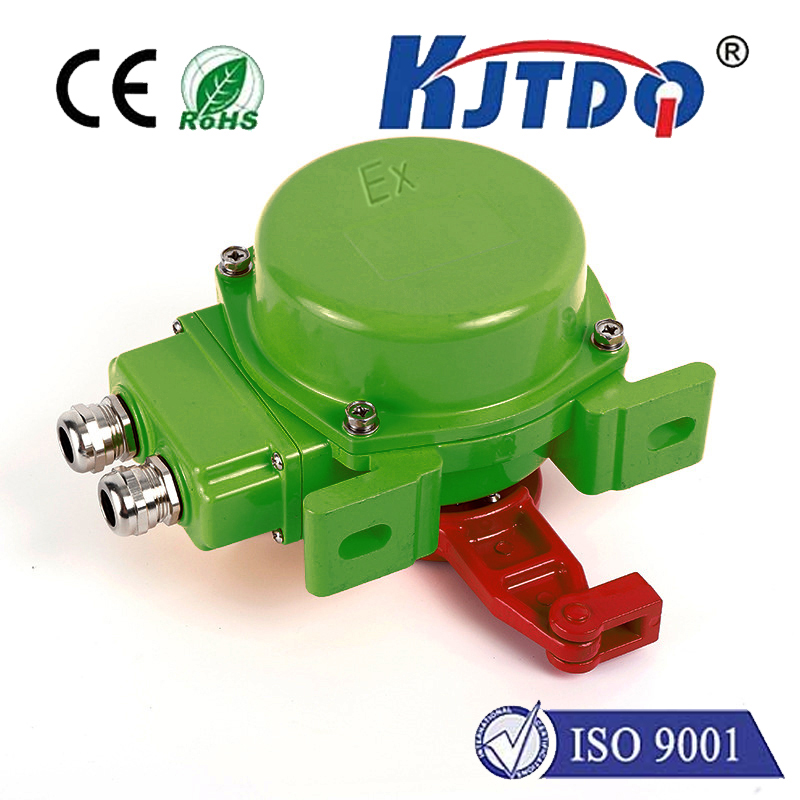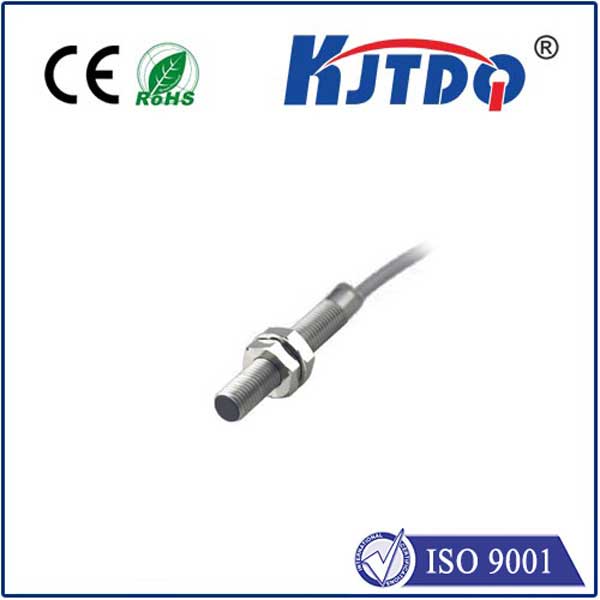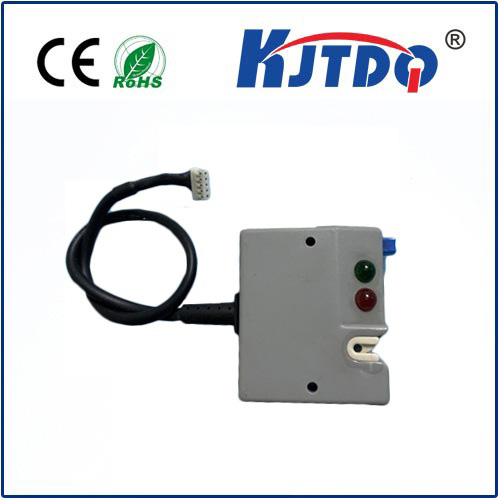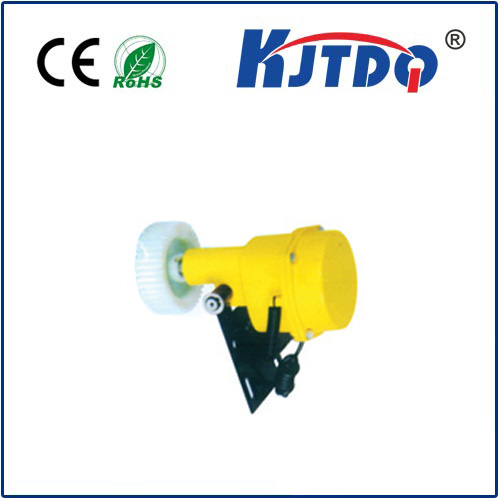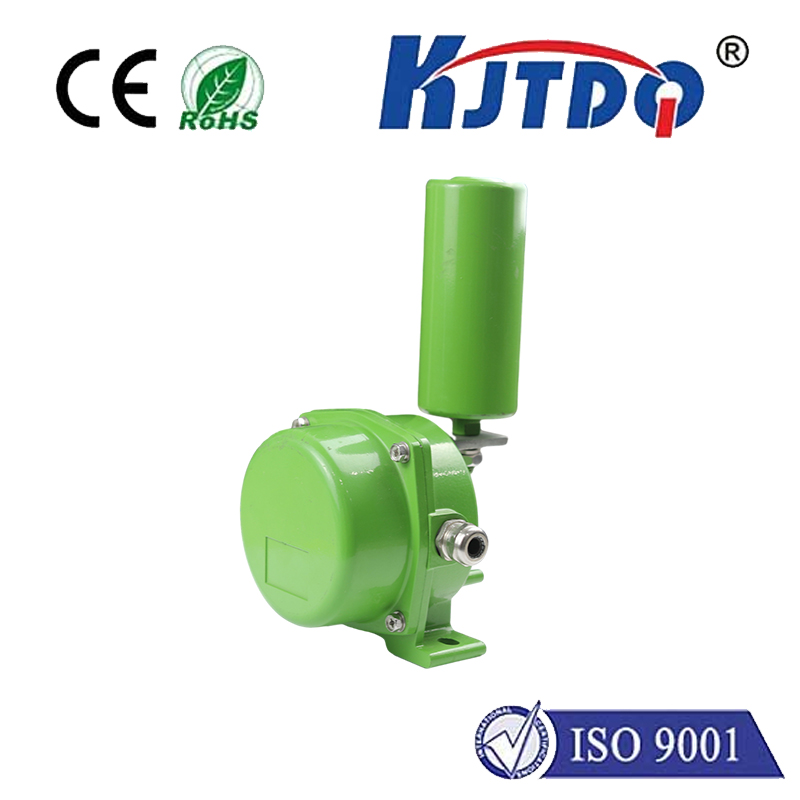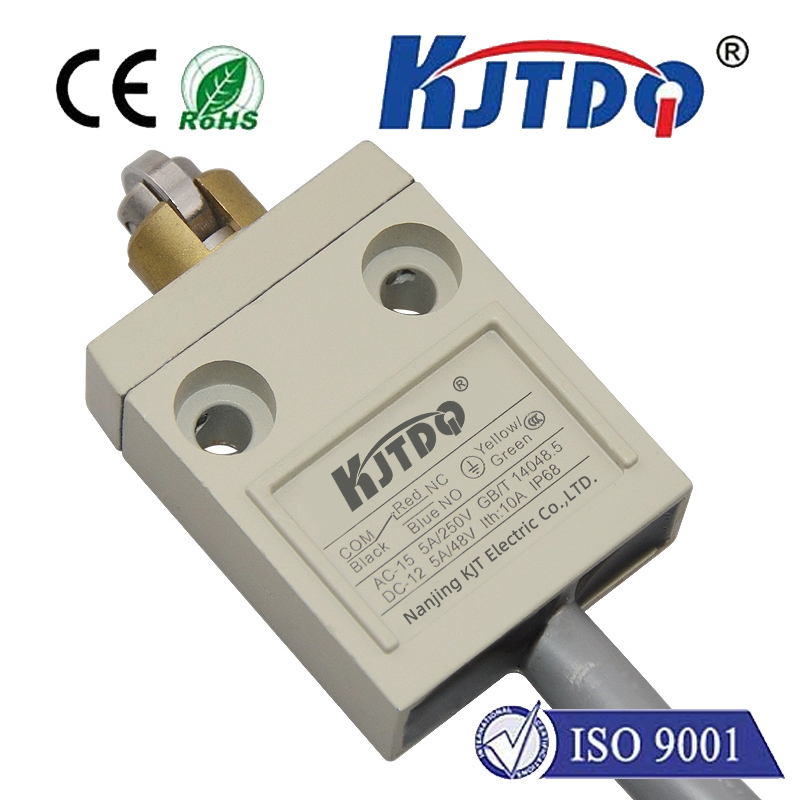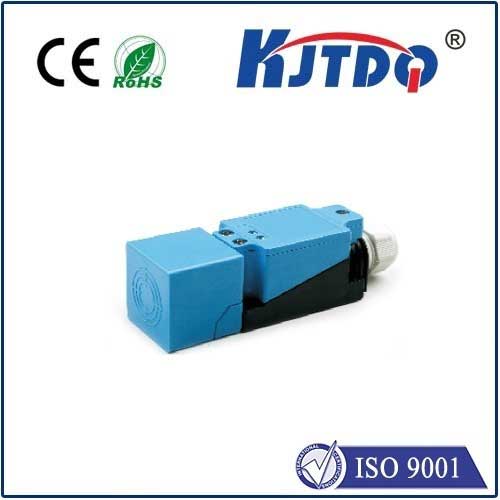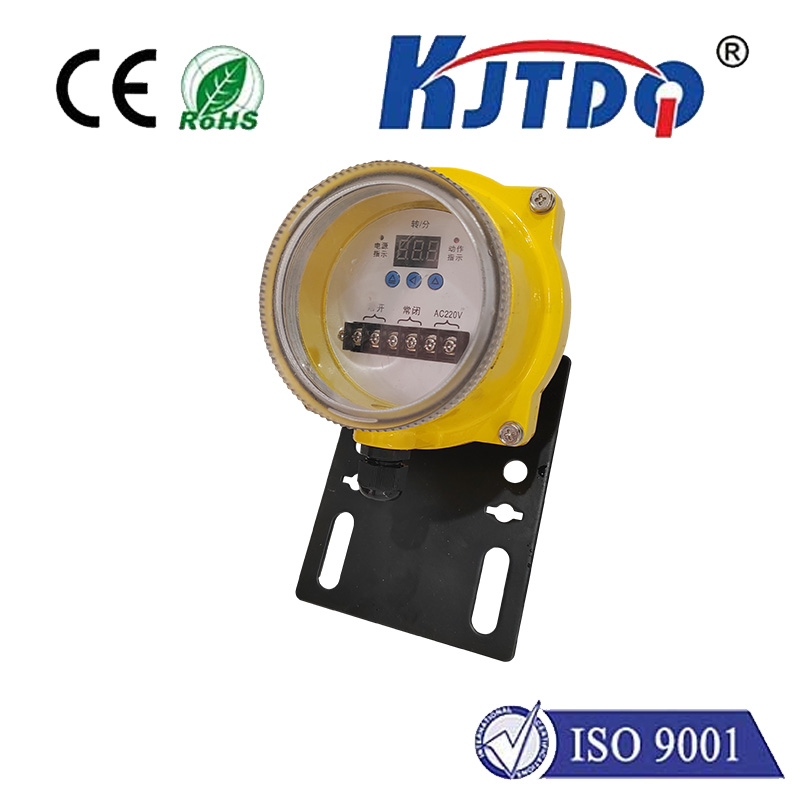
check

check

check

check
Exploring the Versatility of Limit Switches: A Focus on the 220V Variant
When it comes to industrial automation and control systems, limit switches play a crucial role in ensuring precise positioning and reliable operation. These essential components are designed to detect the presence or absence of an object, triggering a signal to control machinery or initiate a process. Among the various types of limit switches available, the 220V variant stands out for its versatility and robustness, making it an ideal choice for a wide range of applications.
Understanding the Basics of Limit Switches
Before delving into the specifics of 220V limit switches, it's important to grasp the fundamental concept of these devices. Limit switches typically consist of an actuator, a housing, and an electrical switch that can be either normally open (NO) or normally closed (NC). They are activated by physical contact with an object or through proximity detection, sending a signal to start or stop a machine or process.
Why Choose a 220V Limit Switch?
The term "220V" refers to the voltage at which the limit switch operates. This makes these switches particularly suitable for use in areas where higher voltage is required or standard power supply lines operate at 220V. By operating at this voltage, 220V limit switches offer greater compatibility and reliability in such environments. Additionally, they often feature robust construction capable of withstanding harsh conditions, making them ideal for heavy-duty applications.
Applications of 220V Limit Switches
The versatility of 220V limit switches allows them to be employed across various sectors. In manufacturing facilities, they might control conveyor belts or sorting machines, ensuring products move to the correct location without human intervention. In elevator systems, they serve as critical safety features, preventing the car from traveling beyond specified floors. Furthermore, they are utilized in crane operations, robotic arms, and even automatic door systems, demonstrating their adaptability to diverse mechanical systems.
Considerations When Using 220V Limit Switches
While 220V limit switches offer numerous benefits, there are considerations to take into account when integrating them into your system. Firstly, safety is paramount; proper wiring and installation by qualified personnel are necessary to avoid potential hazards. Secondly, compatibility with existing equipment should be verified to ensure smooth integration. Finally, environmental factors such as moisture, temperature, and vibration should be considered when selecting the appropriate limit switch model to guarantee longevity and accuracy.
Conclusion
In conclusion, 220V limit switches represent an essential component in the realm of industrial controls due to their durability, versatility, and ability to operate in high-voltage environments. Whether you're looking to enhance the precision of machinery, improve safety measures, or automate processes, understanding how these switches function and selecting the right one for your specific application is key. By considering factors like safety, compatibility, and environmental resistance, you can harness the full potential of 220V limit switches, contributing to more efficient and reliable automation systems.
